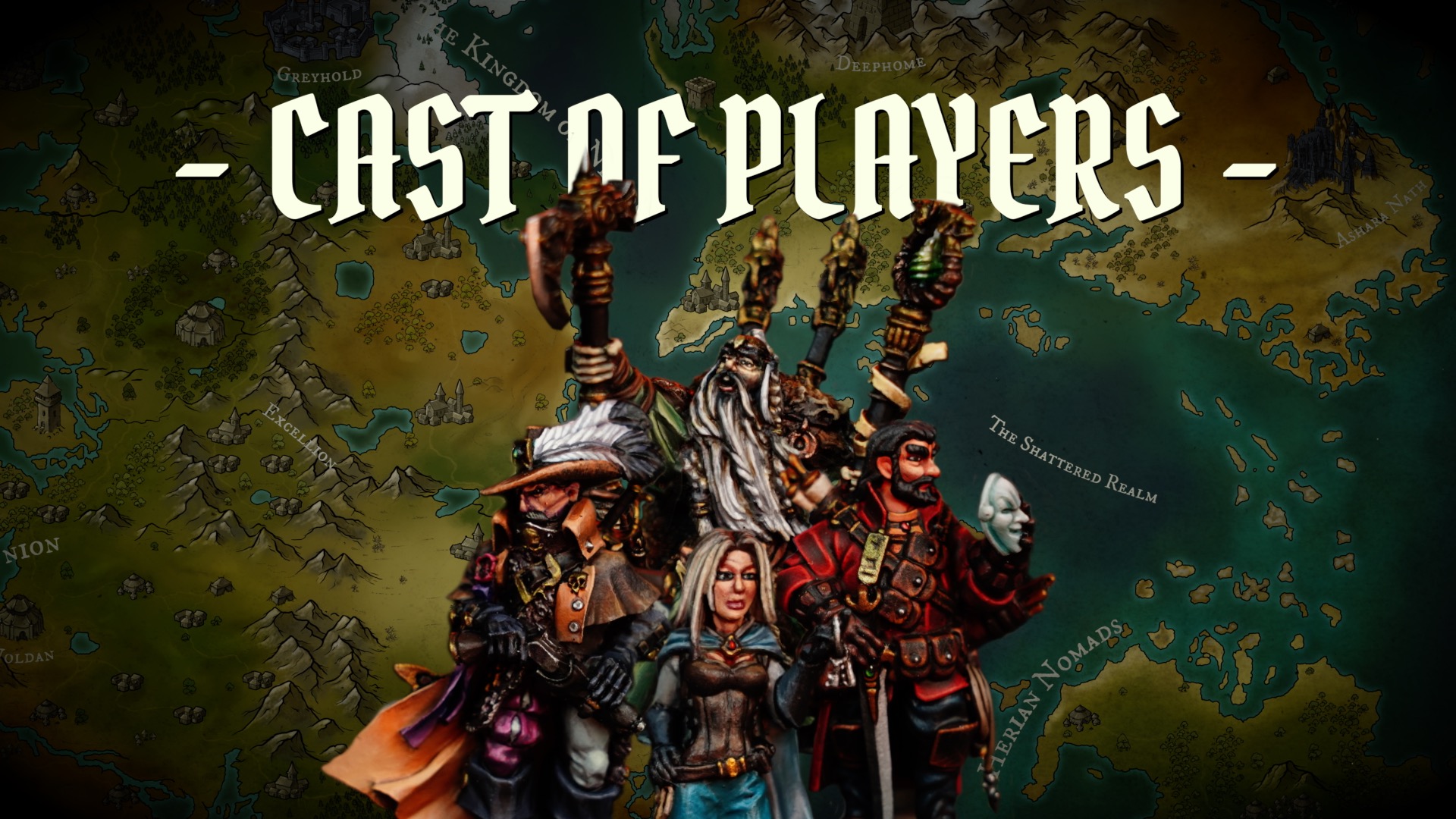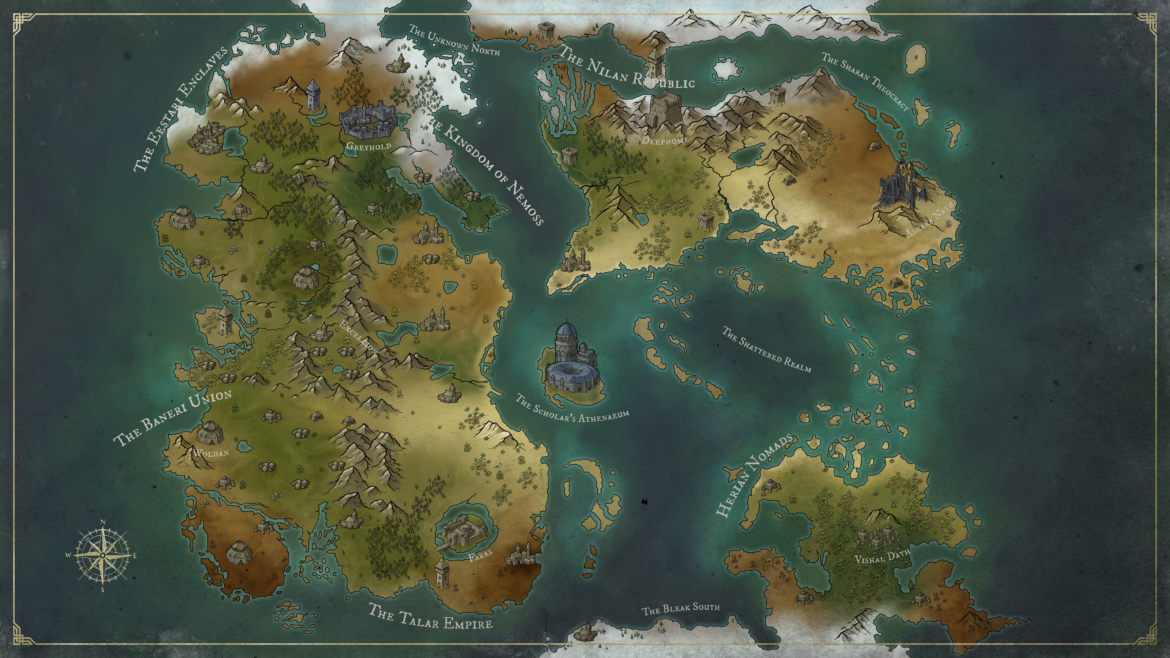Valtor is the Campaign Setting for Cast of Players Seasons 1 and 2, created and run by Mike Hebditch, aka The Chef. This page contains some of the information surrounding the world, as well as the inhabitants that dwell within it.
Be sure to check back from time to time for updates on the setting, episodes and the Players themselves!


